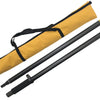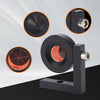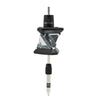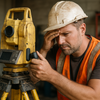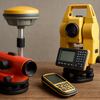From Manual to Automatic: How Auto Levels Changed the Measurement Industry?
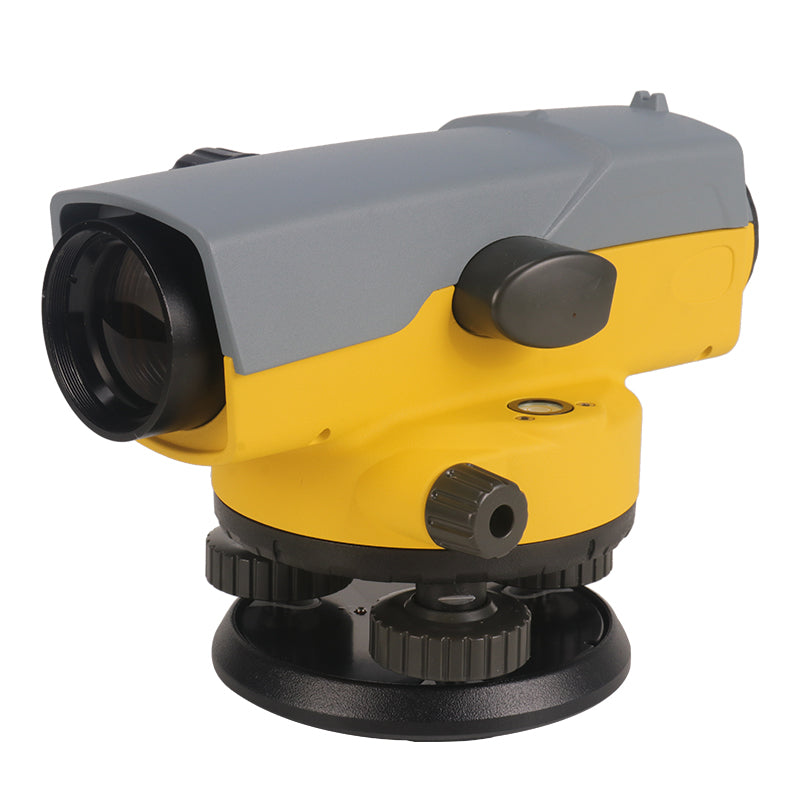
Introduction to Auto Levels
The evolution of surveying and measurement tools has been revolutionary, with auto levels playing a pivotal role in modern construction and engineering. Unlike traditional manual levels, auto levels automate the process of establishing a level reference line, significantly improving accuracy and efficiency. These devices have transformed the measurement industry by reducing human error, speeding up workflows, and enhancing precision in various applications.
In this article, we will explore how auto levels have reshaped surveying practices, their key features, applications, and what to consider when purchasing one.
How Auto Levels Changed the Measurement Industry?
1. Enhanced Accuracy and Precision
Auto levels eliminate the need for manual adjustments, as they automatically compensate for minor tilts and misalignments. This ensures highly accurate leveling measurements, crucial for construction, roadwork, and land surveying.
2. Increased Efficiency and Speed
Traditional leveling methods required constant manual calibration, which was time-consuming. Auto levels streamline the process, allowing surveyors to set up quickly and take measurements with minimal adjustments.

3. Reduced Human Error
Manual leveling was prone to errors due to parallax and incorrect readings. Auto levels minimize these risks by providing a stable, self-leveling mechanism that ensures consistent results.
4. Improved Versatility in Various Environments
Auto levels are designed to perform reliably in different terrains and weather conditions. Whether on rough construction sites or uneven landscapes, they maintain accuracy without frequent recalibration.
5. Cost-Effective and Long-Lasting
While the initial investment may be higher than manual levels, auto levels reduce labor costs and rework due to their reliability and durability, offering long-term savings.

Key Applications of Auto Levels
Auto levels are indispensable in multiple industries, including:
Construction: Ensuring level foundations, floors, and structures.
Road and Highway Engineering: Maintaining proper gradients and elevations.
Land Surveying: Mapping terrains and establishing benchmarks.
Agriculture: Setting up irrigation systems with precise slopes.
Mining: Monitoring ground stability and excavation levels.
Their adaptability makes them a must-have tool for professionals who demand precision and efficiency.
What to Consider When Buying an Auto Level?
1. Magnification and Clarity
Higher magnification (e.g., 24x or 32x) allows for better visibility over long distances.
2. Self-Leveling Range
A wider self-leveling range (e.g., ±15′) ensures stability even on uneven surfaces.
3. Durability and Weather Resistance
Look for waterproof and dustproof features, especially for outdoor use.
4. Accuracy Specifications
Check the device’s precision (e.g., ±1.5mm/km) to ensure it meets project requirements.
5. Brand Reputation and Support
Choosing a reliable manufacturer like Mountlaser guarantees quality and after-sales support.

Conclusion
The shift from manual to automatic leveling has revolutionized the measurement industry, with auto levels delivering unmatched accuracy, efficiency, and reliability. Whether in construction, land surveying, or civil engineering, these tools have become essential for modern professionals.
When selecting an auto level, prioritize features like magnification, durability, and precision to ensure optimal performance. For top-quality auto level survey instruments, trust Mountlaser—a leading manufacturer committed to innovation and excellence.
Ready to enhance your surveying capabilities? Contact Mountlaser today for the best auto level solutions tailored to your needs!

